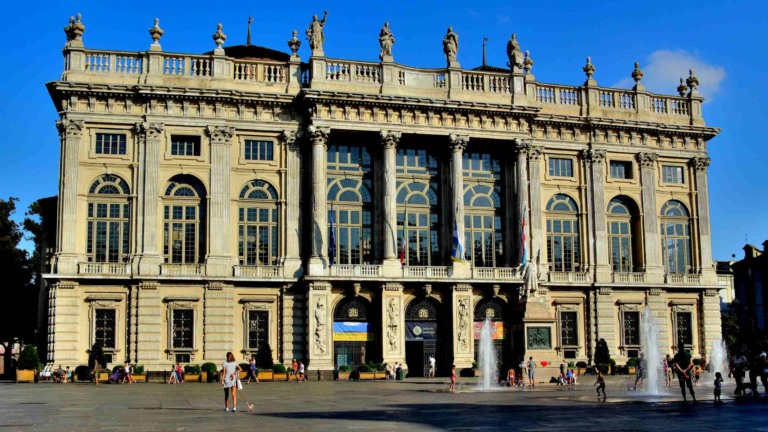
Residences of the Royal House of Savoy are a series of palaces, castles, and residences located in various regions of Italy, primarily in Piedmont and Turin. These residences were once inhabited by the Royal House of Savoy, one of the most significant ruling families in European history. Many of these sites have been recognized as UNESCO World Heritage Sites due to their historical and architectural importance.
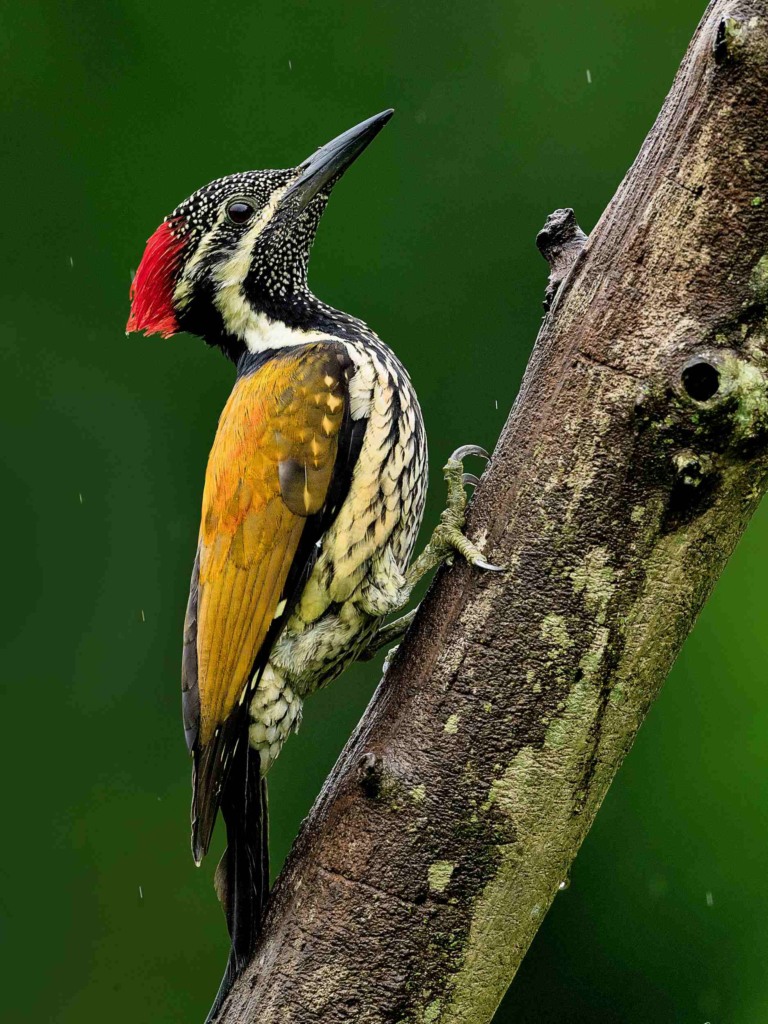
The Black-rumped Flameback (Dinopium benghalense), also known as the Lesser Golden-backed Woodpecker, is a striking and medium-sized woodpecker species found in South Asia and widely distributed in the Indian subcontinent. It measures about 23 to 26 centimeters (approximately 9 to 10 inches) in length, including its tail. Juvenile birds have a more subdued appearance with less distinct red or black markings, which develop as they mature. The adult male Black-rumped Flameback has a striking red crown and nape, which extend from the top of the head to the back of the neck. This red coloring contrasts with its black face, giving it a distinctive appearance. The female lacks the red crown and has a solid black crown. Both males and females have a small white cheek patch bordered by black on the sides of their faces. The upperparts of the black-rumped flameback are predominantly golden-yellow, extending from the upper back to the wings. The mantle, back, and scapulars exhibit this golden-yellow coloration. The wings are mostly black with bold white bars across them. When the bird is in flight, the white wing patches are prominent. Here’s a detailed overview of its description, habitat, behavior, ecology, and taxonomy:

The Great Hornbill (Buceros bicornis) is one of the most majestic and iconic bird species found in the Indian subcontinent and Southeast Asia. This large and impressive bird, also called the concave-casqued hornbill, great Indian hornbill, or great pied hornbill, is one of the largest hornbills. It mostly eats fruit, but it will also eat small mammals, reptiles, and birds. It is known to have lived in a zoo for almost 50 years. It is important in many tribal cultures and rituals because of its size and color. They are omnivorous and have a varied diet. Their primary food includes fruits, especially figs, but they also consume small mammals, reptiles, birds, insects, and even carrion. They have a unique feeding habit where they pluck fruits using their large bills and then toss them into the air to catch them with their mouths. Great hornbills are monogamous and usually form long-term pair bonds. They are also known to form small family groups during the breeding season. They are cavity nesters and prefer to nest in large natural tree hollows, often located high up in the canopy. The female seals herself inside the nest cavity during the incubation period, leaving only a small opening through which the male feeds her and the chicks. Here’s an overview of its distribution, habitat, behavior, and ecology:
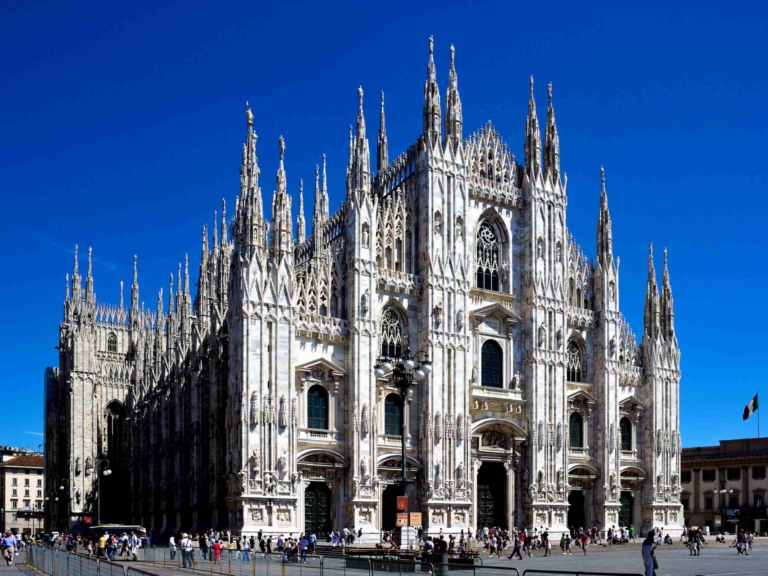
Milan Cathedral, known as “Duomo di Milano” in Italian, is one of the most iconic landmarks in Italy and one of the largest Gothic cathedrals in the world. It is located in the heart of Milan, the capital of Lombardy, and serves as a symbol of the city’s rich history and architectural grandeur. Construction of the cathedral began in 1386 under the direction of Archbishop Antonio da Saluzzo. It features a stunning Gothic architectural style with a blend of French and German influences. The facade is adorned with intricate statues, spires, and decorative elements. The construction of Milan Cathedral, officially known as “The Cathedral of Santa Maria Nascente,” began in 1386 under the direction of Archbishop Antonio da Saluzzo. It's construction continued for over six centuries, with different phases and modifications over time. The main structure was largely completed in the 19th century, although additional work and restoration efforts have continued in subsequent years.

Milan things to do and Milan places to visit. Milan, Italy’s vibrant and cosmopolitan city and the capital of Lombardy, offers a plethora of attractions and activities to suit various interests. The city boasts numerous museums, art galleries, theaters, and a vibrant nightlife scene. Exploring its neighborhoods, trying local delicacies, and embracing the city’s cultural offerings will make your visit to Milan memorable. Explore one of the world’s largest Gothic cathedrals. Admire the intricate architecture, climb to the rooftop for panoramic views of the city, and visit the cathedral’s museum. Discover the historic Sforza Castle, which houses museums and art collections. Stroll through the castle’s courtyards and gardens and explore the various exhibitions, including Michelangelo’s unfinished sculpture, the Rondanini Pietà. Learn about scientific and technological advancements through interactive exhibits, models, and inventions, paying tribute to Leonardo da Vinci’s genius. Experience the lively atmosphere of the Navigli district, famous for its canals and vibrant nightlife.

The history of Milan dates back to ancient times and has witnessed the rise and fall of various civilizations. Ancient Milan is a tapestry of ancient civilizations, artistic accomplishments, political conflicts, and economic development. It has shaped the city’s character and contributed to its status as a prominent cultural and economic center in Italy and beyond. Milan’s origins can be traced back to the Celts, who settled in the region around 400 BC. The city then came under Roman rule in the 3rd century BC and flourished as a key trading and strategic center within the Roman Empire. After the fall of the Western Roman Empire in the 5th century AD, Milan faced several invasions and was ruled by different Germanic tribes. In the 9th century, it became the capital of the Lombard League, an alliance of northern Italian cities that played a crucial role in the struggle against Holy Roman Emperor Frederick Barbarossa.
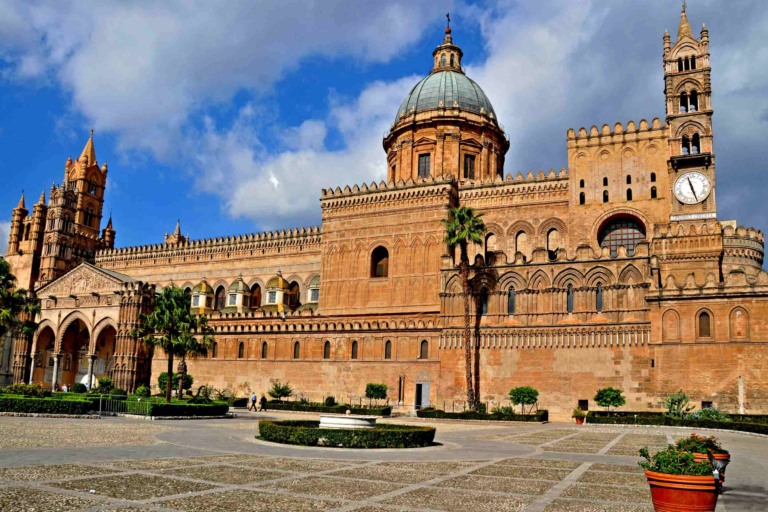
Arab-Norman Palermo and the Cathedral Churches of Cefalú and Monreale are nine places in Sicily, Italy, and have been UNESCO World Heritage Sites since 2015.

Brown Headed Gull (Chroicocephalus brunnicephalus) is a medium-sized gull species found primarily in Asia. Here’s a description of the Brown-headed Gull.
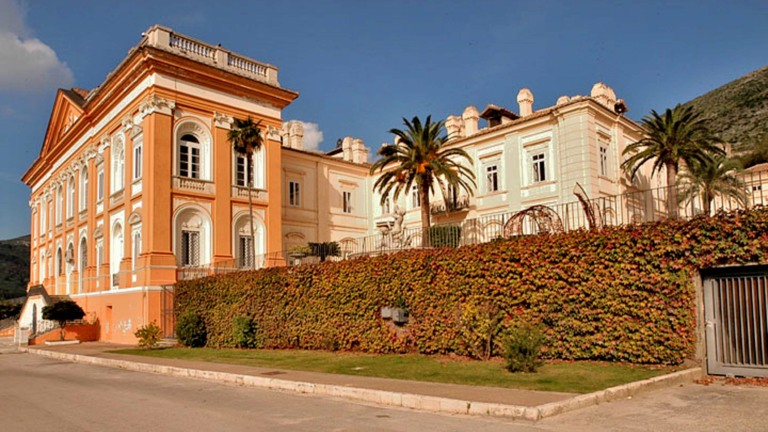
The Royal Palace of Caserta is a magnificent palace located in Caserta, Italy. It was commissioned by the Bourbon King of Naples, Charles III.
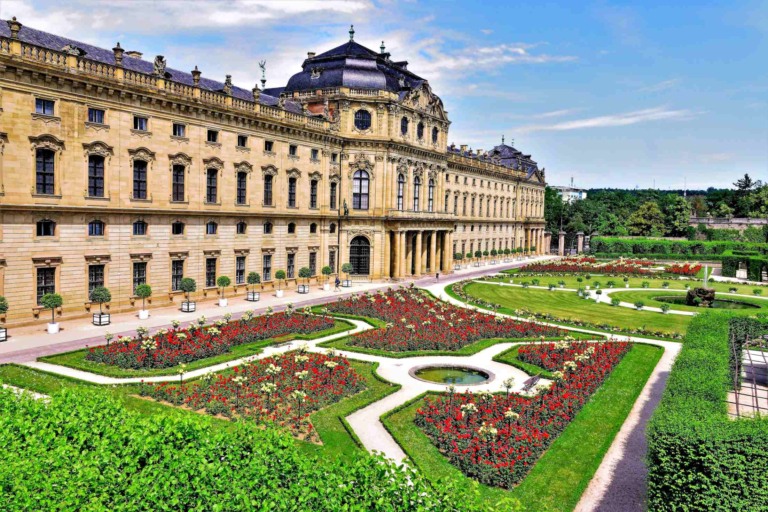
Würzburg Residence with its Court Gardens and Residence Square offers a fascinating experience for history and architecture enthusiasts. Visit Würzburg Germany!

Trier, formerly known as Augusta Treverorum during Roman times, is one of the oldest cities in Germany and boasts a rich history spanning over two millennia.
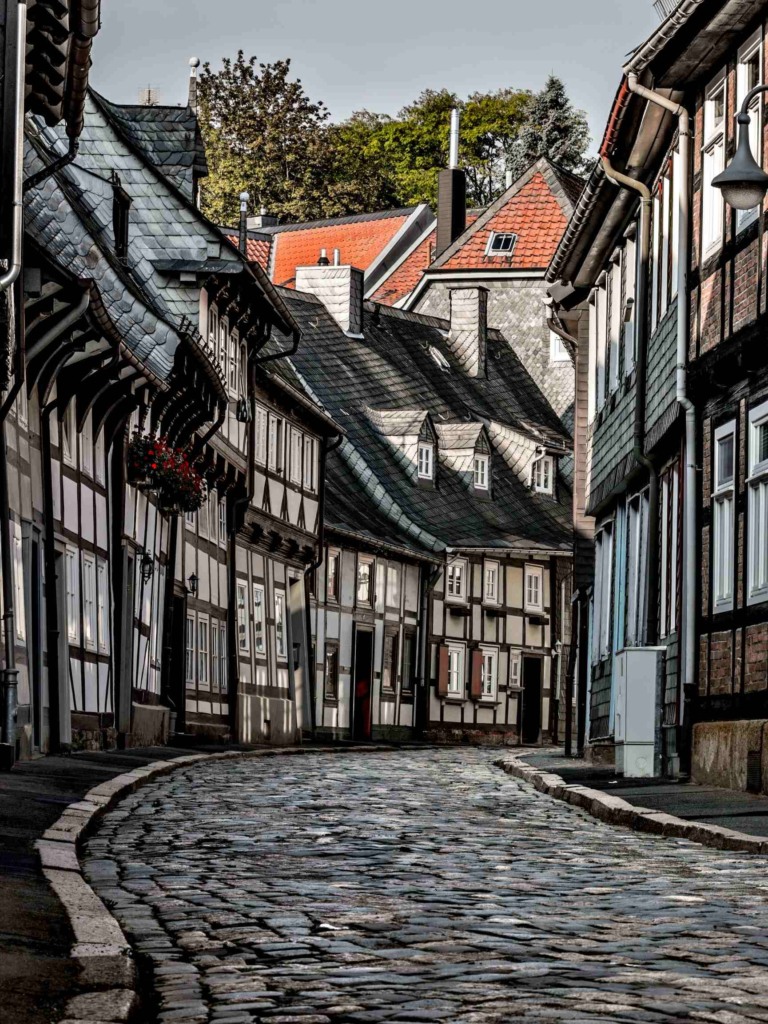
Rammelsberg Mine Goslar Town Harz Water System consists of three interconnected components that showcase the historical importance of mining in Germany.











